|
The thing about butterfly hunting is that you don't need to be up early to see them at their best - indeed, not much before 11am and it needs to be warm, sunny and not windy. Perfect for a picnic. How about heading for Chiselbury ring (my favourite, till I'm on Winkelbury or Clearbury ...) off the Shaftesbury Way above Fovant, and scrambling down the chalk slope next to the Badges? Maybe you'll have the same luck there as Abby Eaton, who sent me this dazzling gallery of colour, including the allotment-holders' favourites (hover for the caption, click to enlarge): And if you'd like to hone your lepidopterist skills, there's our field trip on Saturday, 26 June to Garston Wood - go to Field Trips for details. Apparently, that butterflies are scented has been known since E B Ford's post-WWII New Naturalist publication, but isn't it lovely? Here's a gallery of butterfly scents (click or hover to see the caption)... Patrick Barkham in The Guardian newspaper's Butterfly watch, says the purpose of the scent is the same as ours, to attract the opposite sex. But in this case, it's the male butterflies that smell delicious rather than the females.
E B Ford's successor Martin Warren includes this discovery in his new book Butterflies, 'a compendium of the latest scientific understanding of the planet's 19,000 species.' Beetles seem to be all the rage, all of a sudden. The April issue of the RHS's The Garden (pp 28-29) had a lovely spread on predatory beetles and the Wild about Gardens bulletin highlights the Wildlife Trusts wonderful feature on everything from the 7-spot ladybird to the death-watch! 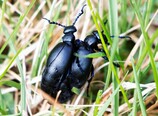 Closer to home, Abby Eaton went to the open garden event at Fonthill House earlier this month and saw some lovely Violet Oil Beetles. She said, 'I saw eight but there were probably more.' (Great antennae!) There's a survey of oil beetles going on at the moment - full details here on the BugLife website - and the PDF has some nice digestible info and contacts. Abby added, 'Fascinating life cycle for the uninitiated. I logged the sighting on iRecord.' And the RHS's latest Wild About Gardens also has a brilliant video on making a Beetle Bucket - I'm sure I can find a spot for this somewhere ... 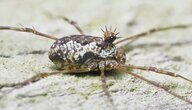 And although of course spiders aren't beetles let alone even insects, here's an amazing photo Peter Shallcross has sent in of a harvestman. He says, 'I don't really know why the eyes would be better in any place other than the head but because the brain of a harvestman is so miniscule maybe the choice of where to wear one's eyes is of lesser importance to it?' I think I'd like mine in the back of my head ... Just because we're out of lockdown shouldn't mean we get out less. The breeding season is at its height so there's many to look out for but one that's often heard is the woodpecker. It's usually the Greater Spotted, also known as the Pied Woodpecker, that we hear drumming away - as in this photo (left) by Andrew Carter. But there's more than one. There's also it's little friend often called unsurprisingly the Lesser-spotted Woodpecker but 'spotted' isn't a helpful differentiation and it's other name, the Barred Woodpecker is more helpful. Apart from the 'pied' vs 'barred' description, another differential is that the smaller bird drums for two seconds while its larger cousin only does so for just one, speeding up at the end. So take a stop-watch with you, too, and start looking if you hear the longer burst, as the lesser is quite rare. (I know, it's the wrong way round - perhaps remind yourself 'longer is lesser'.) 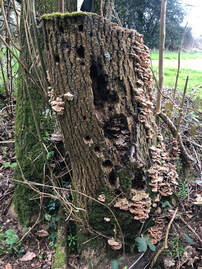 Maybe they'd both been having a go at this rotting old tree trunk alongside the path near Compton Chamberlayne. 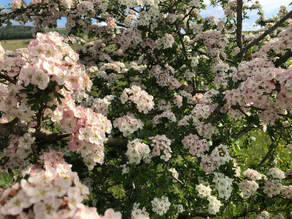 Beautiful blush-pink may on Martin Down Beautiful blush-pink may on Martin Down ‘“Ne’er cast a clout ‘ere May is out”. Well, the flowering May or hawthorn is a bit backward this year and right now it seems sense to pay attention. But there's more to our May trees than that. Some people love the 'scent' on a warm day - it seems to breathe summer - but that scent is actually trimethylamine, one of the first chemicals formed in decaying animal tissue. So now we know, thanks to Andrew Graham's piece in this month's Focus, and maybe that's why it's supposed to be bad luck to bring it into the house. Other facts I didn't know are that the flowers are hermaphrodite, which may or may not have something to do with hawthorn being a pagan symbol of fertility, with association to May Day ceremonies and the Green Man. 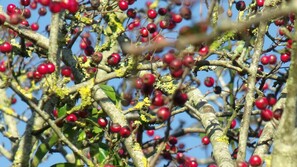 The deep-red fruits are known as 'haws', the name coming from the tree rather than vice versa. 'Haw' is an Old English word for hedge, so the name means hedgethorn. Other names are whitethorn (because of the blossom) and quickthorn. This latter is nothing to do with its speed of growth but rather to its being alive – to distinguish a live quickthorn hedge from a dead hedge, i.e., one made up of stacked dead branches. 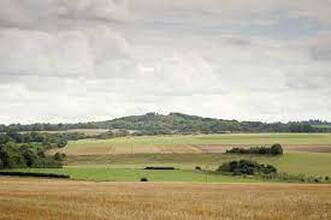 Organiser: Peter Shallcross Reserve Manager: Patrick Cashman Our first Field Trip of the season was to the RSPB's 200 acre reserve at Winterbourne Downs, South east of Amesbury, to see stone curlews and the fruits of the conservation work Nick Tomalin described so graphically at our February meeting. We met reserve manager, Patrick Cashman and although the weather wasn't helpful with his help we did see a number of other species that inhabit this rolling chalk down-land. Andrew Graham writes that eleven members braved the grim weather forecast to visit this site which the RSPB is developing from restored arable fields into more than 200ha of new chalk grassland. The aim is to create an area of species-rich chalk grassland which forms a steppingstone between the two largest tracts of semi-natural chalk grassland in the British Isles – Salisbury Plain to the north and Porton Down to the south. As well as providing a haven for the stone-curlew in its Wessex stronghold it will form a wildlife corridor hopefully providing nature with greater resilience against climate change.
Patrick Cashman explained how the fields had been seeded to produce a mix of native flowers which attract insects in summer and provide seed for birds in winter. Cultivated strips along the field edges allow scarce arable plants to flourish while the key feature of the reserve, the fallow plots, provide nesting sites for birds such as lapwing, stone curlew, and grey partridge. We met at the car park located on part of an old railway line which forms one of the paths through the reserve. In the old hedgerows and scrub along side the old track we heard and saw four Sylvia warblers - lesser whitethroat, whitethroat, blackcap, and garden warbler – as well as yellowhammers and quite a few rabbits. From the viewing screen we had good views of at least two stone curlews out in one of the fallow plots. Their plumage provides particularly good camouflage, so it was only when they moved that we were able to spot them. There did not appear to be any lapwings on this plot although we did spy one on another fallow plot across the valley. Patrick explained how some of the site management was intended to make the place more attractive to turtle doves. Although they do not breed there currently, they do so not far away on Martin Down. By providing a pond, scrub, and seed-producing rough ground it is hoped that this increasingly scarce bird may colonise. As the weather was damp and overcast for most of our visit, we did not look closely at the butterfly banks which have been constructed and planted with suitable food plants for butterflies such as the small blue which has already colonised. As it did brighten up though, we saw a Dingy Skipper and later, as the sun came out, Peter spotted a very smart looking Marsh Fritillary butterfly which posed with its wings outspread for us all to admire. Also brought out by the sun and warmth were plenty of black St Marks flies (or hawthorn flies) with their dangling legs. We had been hoping to see a corn bunting and as we headed back to the car park one duly obliged by flying up out of the cultivated field edge to sit atop a hawthorn from which is sang its distinctive “jangling keys” song. Although the grey partridge eluded us, the weather was kinder than expected and we learned a great deal about the RSPB’s continuing work on the site and its growing success. The marsh fritillary was a bonus. 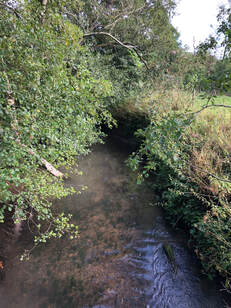 How to put a price on a river like this? Farming Today on Thursday, 13 May included an item on the new Environmental Land Management Scheme known catchily as ELMS but causing no confusion on the part of our elm tree enthusiast Chairman. Click on this link and go to c. 6 minutes in for the ELMS item or to c. 8.40 minutes for what's happening in the Cranborne Chase AONB and a short quote from our Peter. Little by little, maybe we - and the farming community - will get the hang of this. Part of what's involved is estimating the value of the 'natural assets' like the Nadder on Peter's farm. It sounds an extremely complex process. (Thank you to Andrew Graham, aka lark, for alerting me to this.) 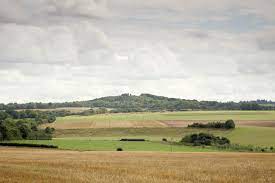 Photo - RSPB Photo - RSPB This Saturday, 15 May is our first Field Trip of the new programme, to the RSPB's 200 acre reserve at Winterbourne Down, near Amesbury. If you've not yet registered, contact Dick Budden either on his email, or phone him on 07944 640900 - there may still be places, especially if you have your own transport. Departure is at 1030am, from the Nadder Closer car park. Nick Tomalin talked to us in February about his work there and elsewhere to maintain and even restore the stone curlew population. But there are also lapwing, skylark, linnets, grey partridges and yellowhammers. It's still a bit early for the best of the flowers, but there should be orange tip and brimstone butterflies if the weather let's some sunshine through. For more information, go to the website or to this recording by the Reserve Manager, Patrick Cashman, about the flowers and butterflies on the reserve - in midsummer! - but also good news about the stone curlews. Cranborne Chase AONB will be featuring on Countryfile at 6pm this Sunday, 9 May. We'll only know what's on when we watch, but several items they filmed complement topics covered in our own schedule of talks and field trips so may be of particular interest. Knowledge, practice and understanding are growing all the time, so it's well worth tuning in to catch up on: 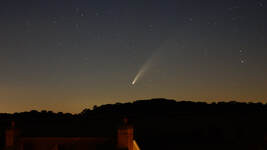 Comet Neowise over Tisbury - Tim Jones Comet Neowise over Tisbury - Tim Jones Dark Skies: Steve Tonkin, the AONB Dark Skies Advisor, (Young Nature Watch, 'Space travel online experience', 30 March) was filmed discussing our amazing dark skies and may also mention the AONB's Dark Sky Custodians and Dark Sky Accreditation Scheme, part of the Starry, Starry Night project. 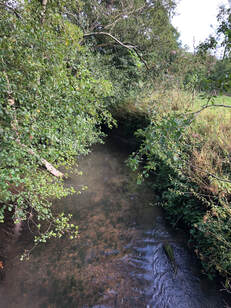 River Nadder - Peter Shallcross River Nadder - Peter Shallcross Rivers: The AONB's Crystal Clear Ebble project with the Wessex Rivers Trust - Alex Deacon, their Catchment Partnership Manager, talked to us last September, and we've also looked at the Nadder with a Field Trip in September last year and a talk coming up in October and back in 2017 we heard about Fish of the River Avon. Farming: The Countryfile team focussed on the amazing work being done by the Martin Down Farmer Cluster, facilitated by the Game & Wildlife Conservation trust - Peter Thompson from the Trust gave us a fascinating and 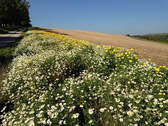 Field margin near Win Green - Elizabeth Forbes Field margin near Win Green - Elizabeth Forbes encouraging talk last 19 November, Neil Harley told us about what he's doing near Tisbury on 28 January, and in 2019 Gary Rumbold explained the work of the Farming & Wildlife Advisory Group. If you'd like to catch up on any of these, many are covered in Talks or Field Trips/What you missed, or just email me. If you've ever wondered how you'd feel if you'd just got home after flying 7,000 miles, here's a wonderful video from Fowlmere in Cambridgeshire!
And in Tisbury, we've done very best to make sure more and more swifts will, over the next few years, have happy homecomings here. The team from Hampshire Swifts have, over two weekends so far, installed 20 nest boxes and there are more yet to go up. Some of these, if not very close to existing active nest sites, also have sound systems playing recordings of a pair of breeding swifts to encourage others to take up residence. So, if you're up shortly after dawn, or around shortly before sunset, and hear the cries of swifts, look up and see if there are nest boxes. If there aren't, and all you can see is a blank wall, please let us know as there may be a 'natural' nest site often in the tiniest hole. We'll be organising a survey later in the summer, of nest sites in the village. Laura Downer, Andrew Graham and I are hugely grateful to so many people in Tisbury and nearby who've responded to this project - and also to the editorial team at Focus for their beautiful cover and feature in the May edition here. |
Photo: Avocets (Izzy Fry)
The headers display photos taken by our members. Do get in touch via the Contact Form if you'd like to submit a photo for selection.
Archives
May 2024
Categories
All
|
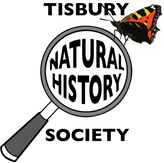
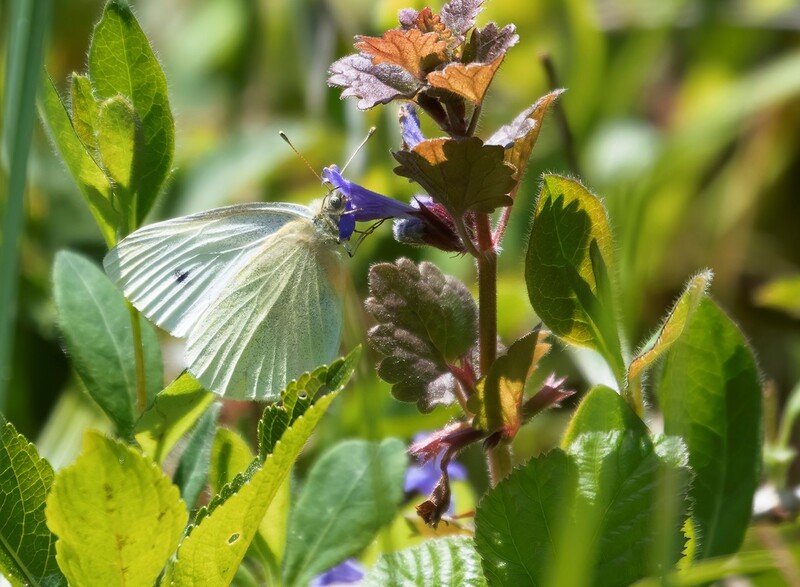
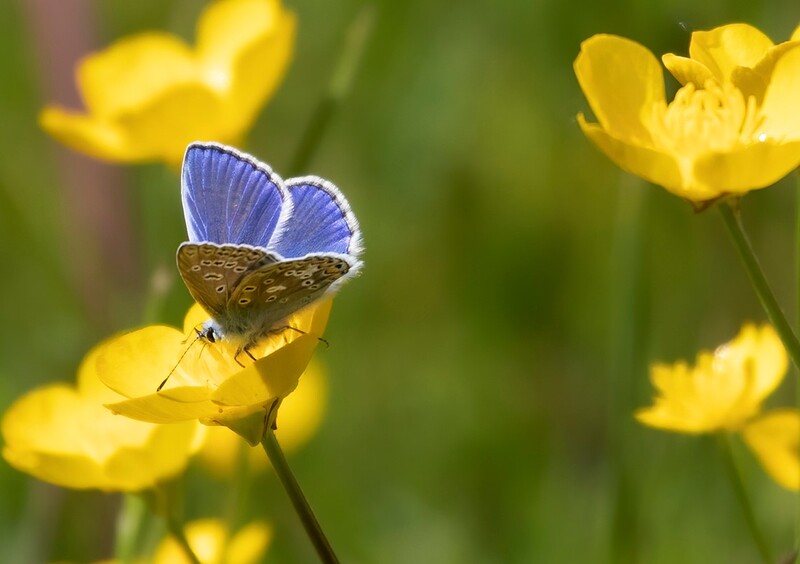
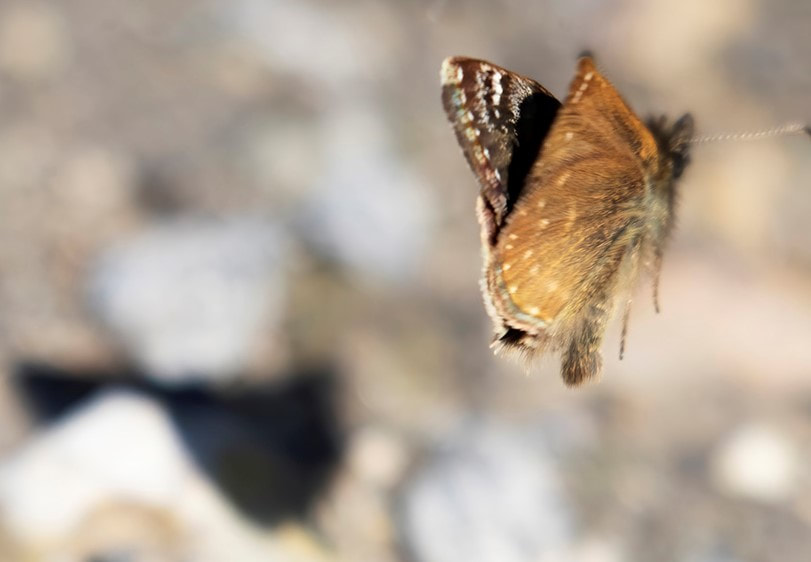
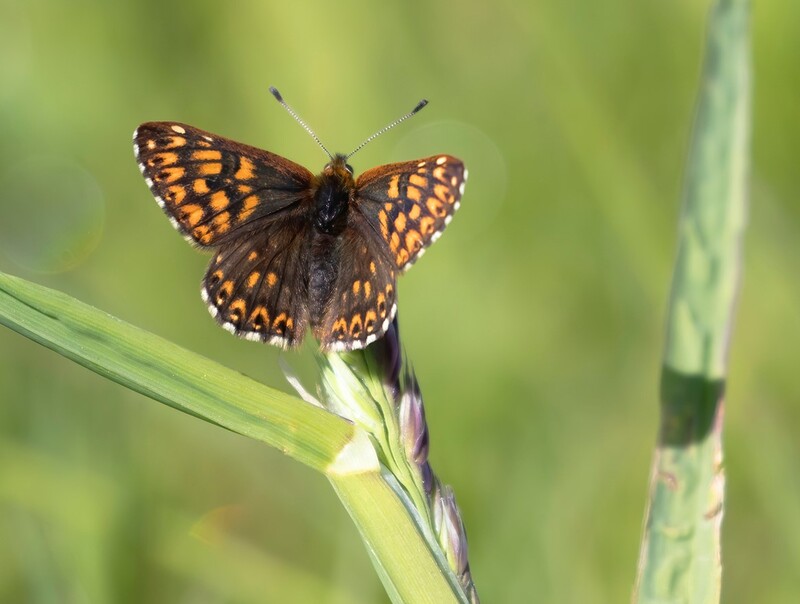
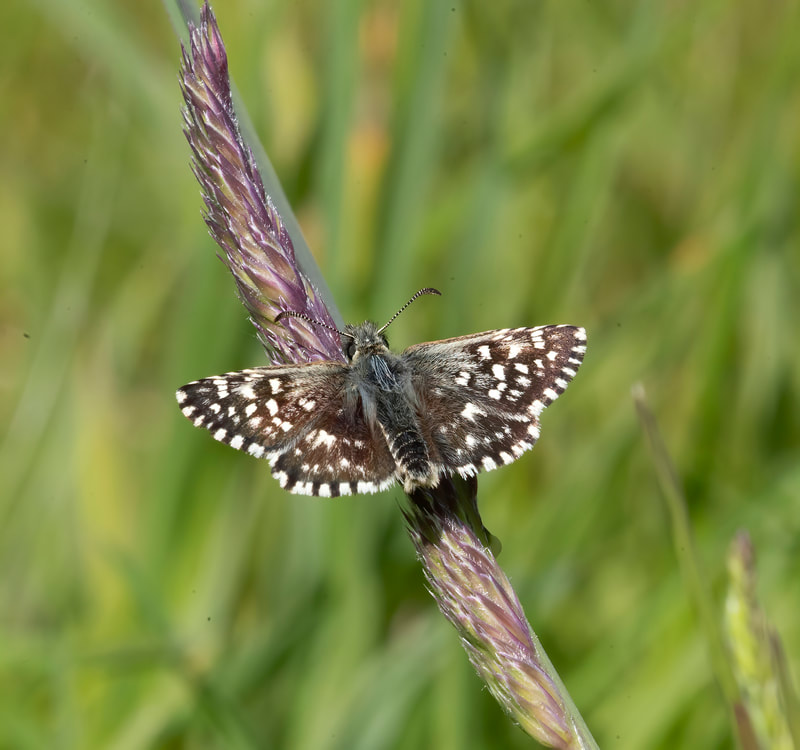
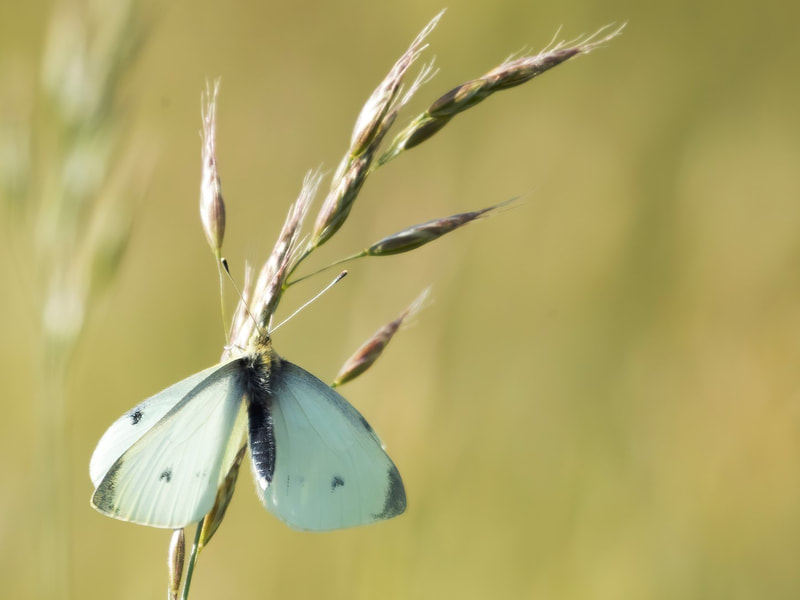
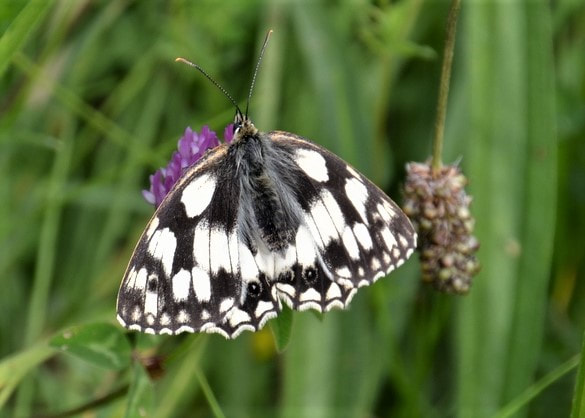
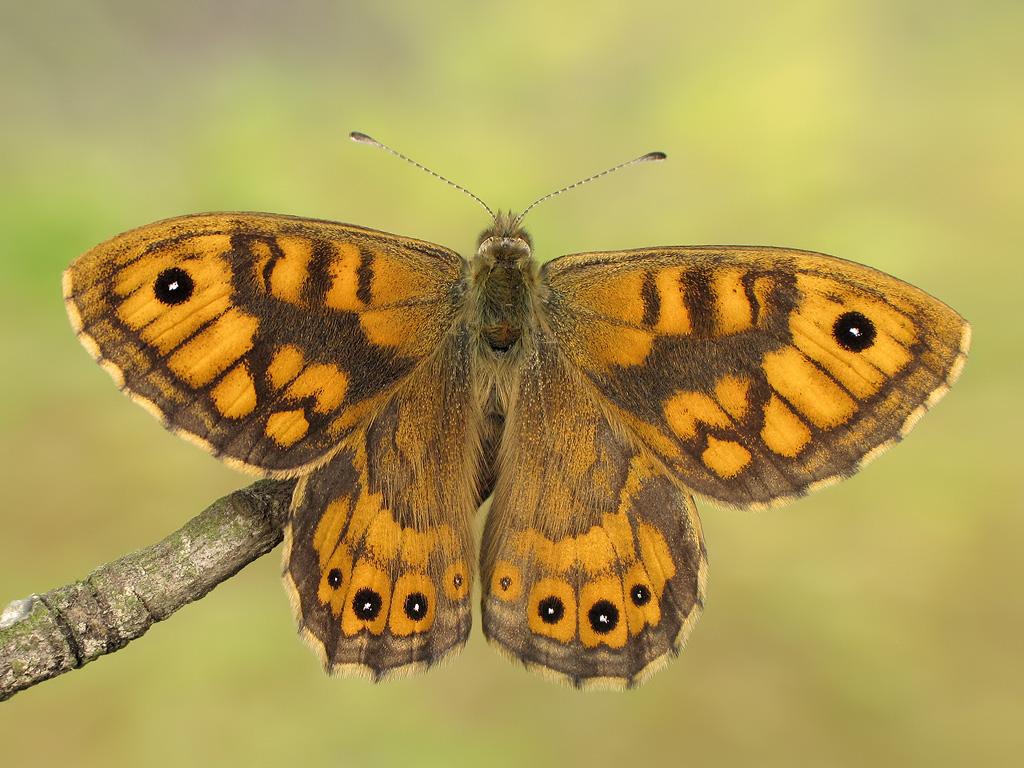
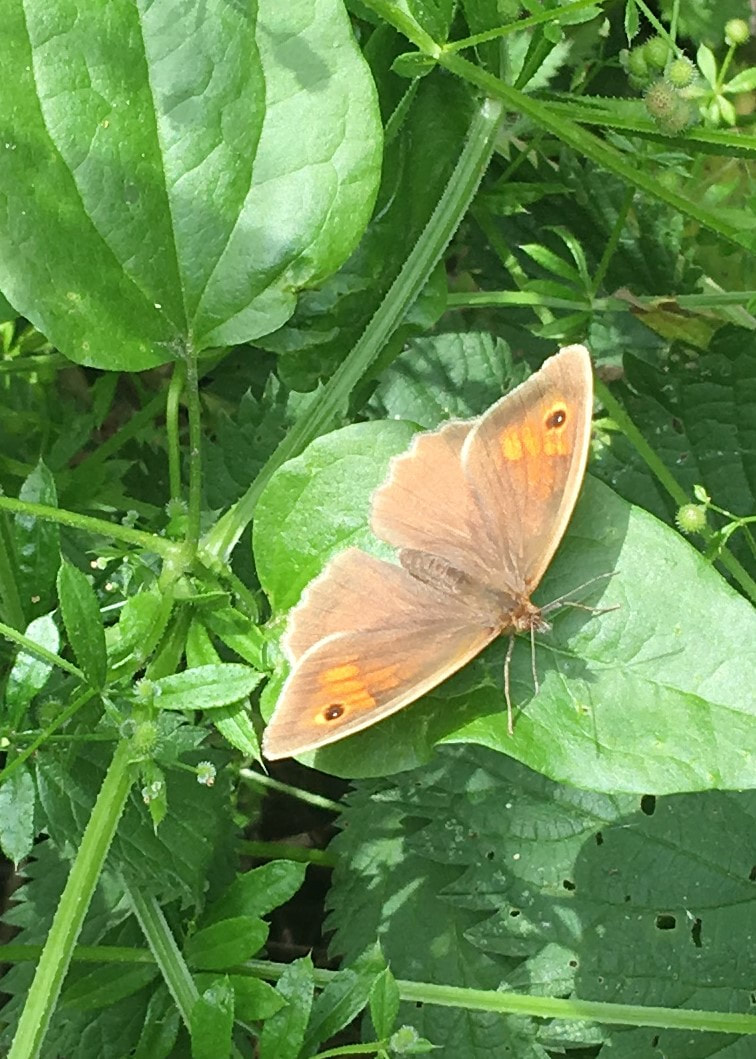
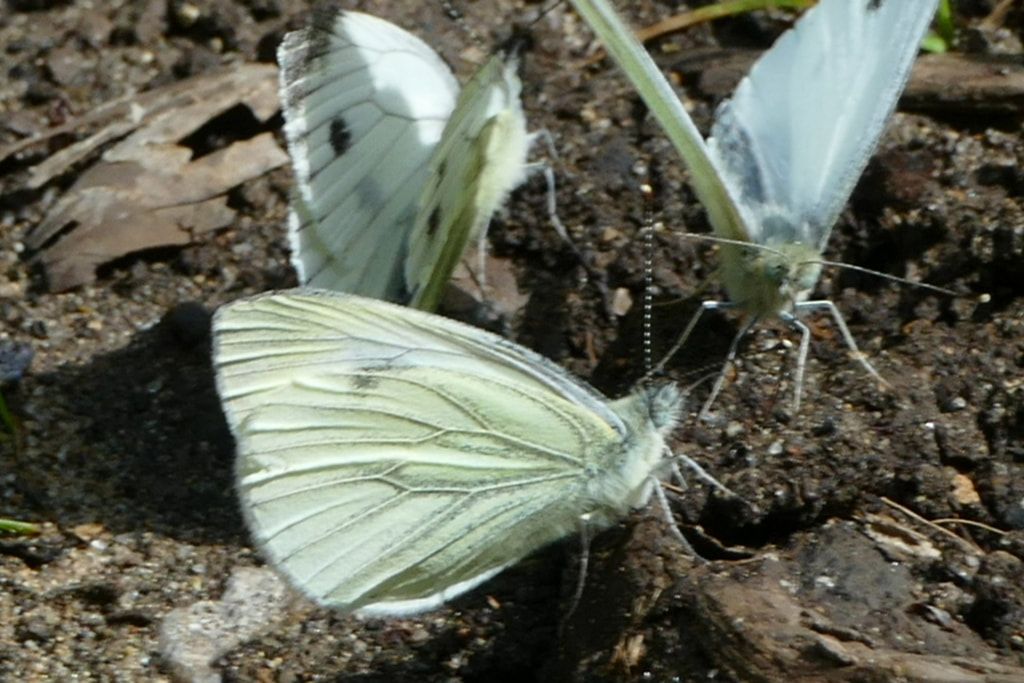
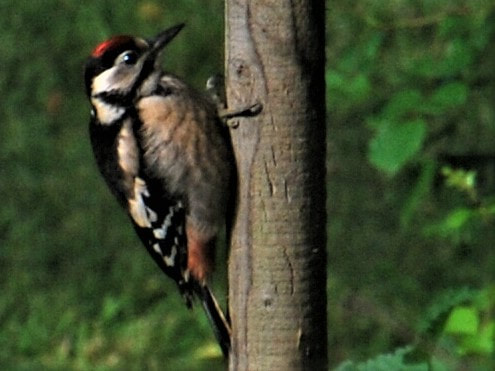
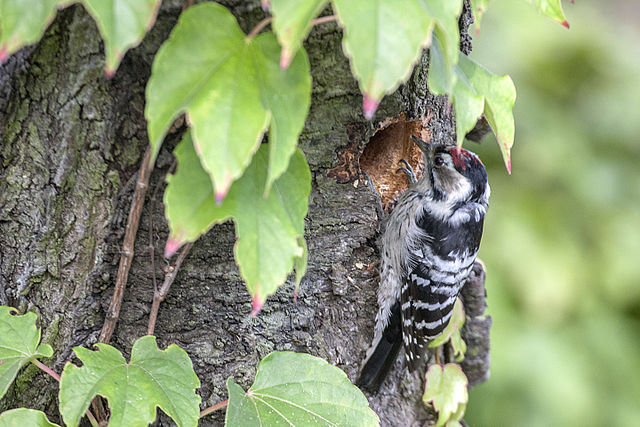
 RSS Feed
RSS Feed